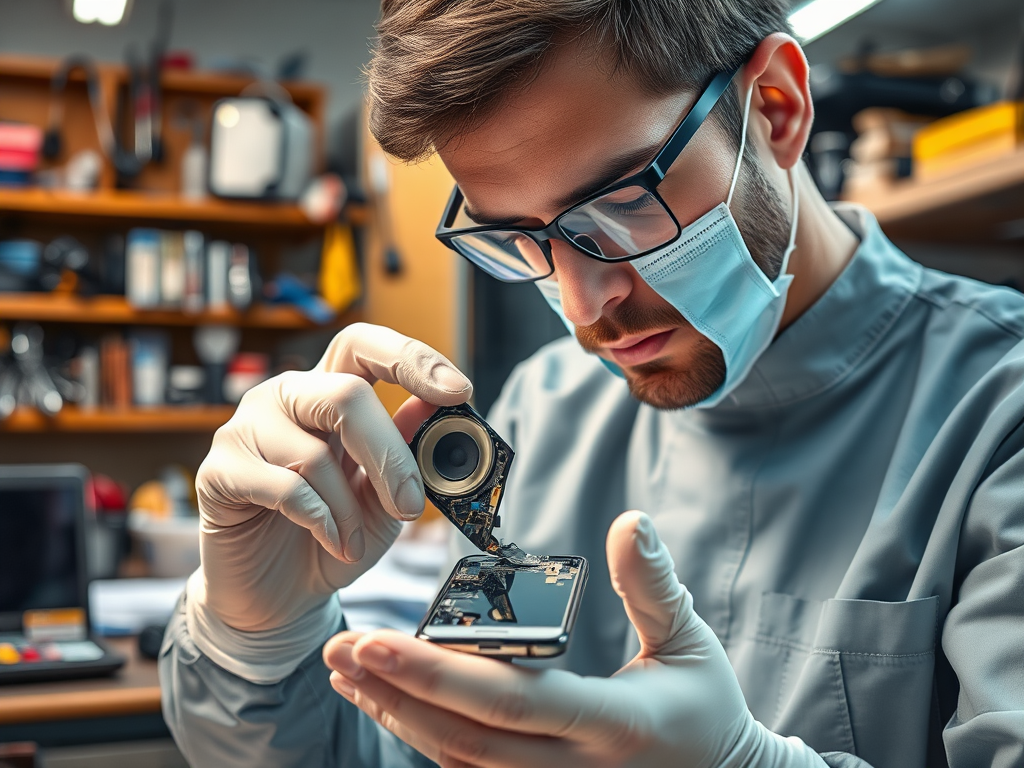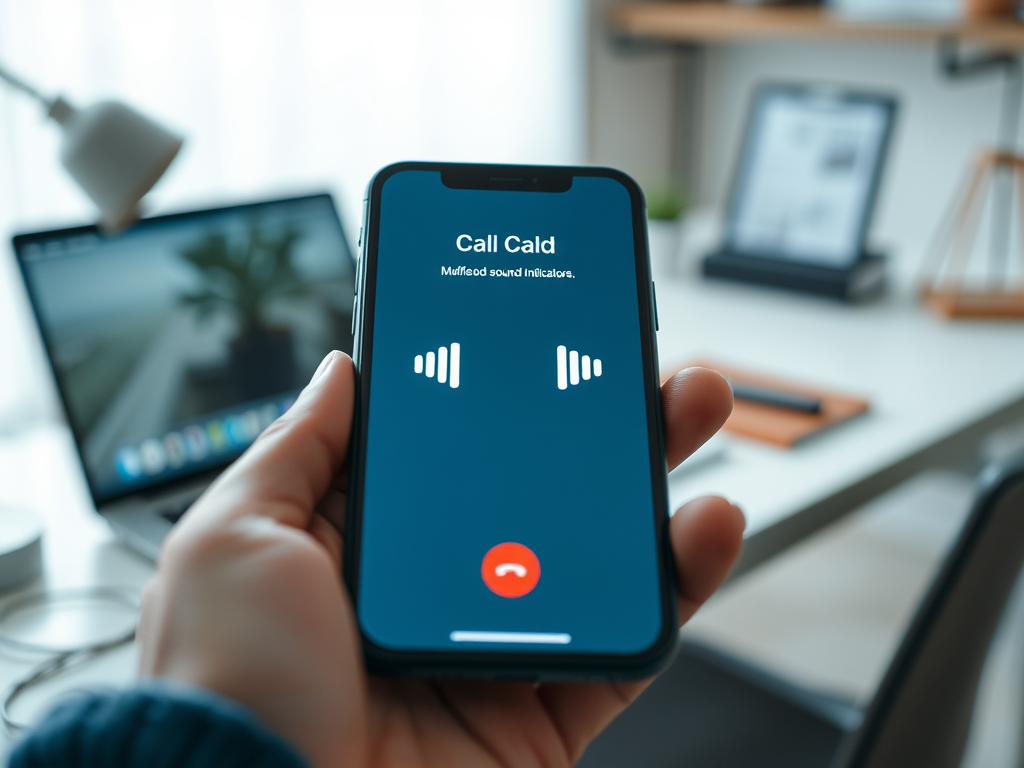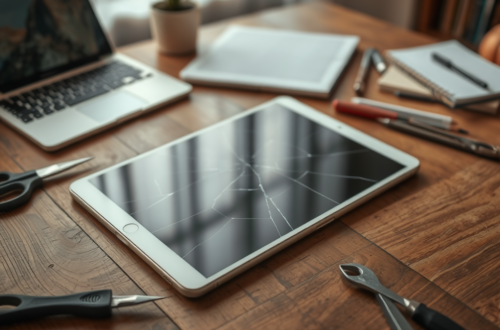Have you ever experienced the frustration of a muffled call on your smartphone? It’s an annoyance that seems to crop up from time to time, making it difficult to communicate effectively with friends, family, or colleagues. Often, people experience muffled sound quality during crucial conversations, leading to misunderstandings and irritations. This issue can stem from various factors, ranging from hardware problems to software conflicts. Understanding these underlying causes can tremendously enhance your calling experience, allowing you to troubleshoot efficiently. Below, we delve into the common reasons behind muffled sounds and explore practical steps to restore crystal-clear audio.
Common Reasons for Muffled Calls

The first common culprit of muffled calls often lies in hardware issues. Over time, the speaker or microphone on your smartphone can accumulate dirt, dust, or even lint. These obstructions can significantly block sound waves, causing the muffled sound you might be experiencing. In addition, if you frequently use a case for your phone, it might also obstruct the microphone or speaker, further compounding the issue. Another hardware-related aspect is the quality of the components used in your smartphone, especially in budget devices where cheaper materials might be employed.
Speaker Issues
Let’s discuss speaker issues in detail. The speaker is responsible for emitting sound during calls, meaning it must be functioning optimally for clear audio. If you notice that your calls sound particularly muffled or quiet, begin by cleaning the speaker grille. Use a soft, dry cloth or a brush to gently remove any dirt or obstruction.
Microphone Problems
The microphone, on the other hand, picks up your voice, and if it’s not working properly, the person on the other end will struggle to hear you. If your microphone is covered by a case or if there’s lint buildup, you may experience muffled audio. Using voice memos or test calls can help identify if the microphone is the source of the problem.
Network Connection

Your network connection plays a significant role in call quality. A weak signal can lead to dropouts and muffled audio quality, which can be incredibly frustrating during important conversations. If you notice that muffled calls are more common when you’re in areas of poor reception, this could be the culprit. Ensure you have a reliable network, and consider switching to Wi-Fi calling if the cellular signal is weak. Here’s a quick checklist of what can affect your network quality:
- Network congestion during peak times
- Geographical barriers, such as mountains or buildings
- The proximity of cell towers
- Technical issues with your service provider
Software Conflicts
Software problems can often lead to muffled call audio as well. Background applications running while you are on a call might consume too much of your device’s resources, affecting sound quality. Some applications, particularly those with heavy processing requirements, can interfere with your phone’s microphone and speaker functionality.
| Common Software Conflicts | Effects on Call Quality |
|---|---|
| Social Media Applications | May drain resources, causing lag |
| Streaming Services | High data usage leads to poor performance |
| Voice Assistant Applications | Can conflict with call audio input |
Troubleshooting Steps
If you’re facing muffled sounds during calls, there are several troubleshooting steps you can follow to potentially solve the issue. Start by checking the hardware components, cleaning the speaker and microphone. Next, consider testing your calls with different applications. Sometimes, voice calling applications function better than your phone’s default option. Another simple yet effective step is to restart your device. It seems rudimentary, but a restart can resolve many software glitches.
At some point, if you’ve exhausted all troubleshooting methods and still experience muffled sounds, it may be time to seek professional help. Constant issues could signify deeper hardware problems that a technician needs to address. Don’t hesitate to reach out to authorized service centers for an assessment. Most technicians can provide you with a diagnostic that may save you from recurring frustrations.
Conclusion
In conclusion, muffled phone calls can stem from various issues such as hardware malfunctions, software conflicts, or network problems. By understanding these causes, you empower yourself to troubleshoot efficiently and restore the clarity of your conversations. Always remember to check for obstructions, update your device’s software, and evaluate your network strength. With this knowledge at your disposal, you can enhance your smartphone experience and ensure that important calls are clear and engaging.
Frequently Asked Questions
- Why do my calls sound muffled only with certain contacts? Different network strengths or the device settings of the other contact could be affecting sound quality.
- Can using a case affect call quality? Yes, some cases may obstruct the microphone or speaker, causing muffled audio.
- What’s the best way to clean my smartphone’s speaker and microphone? You can use a soft brush or a dry cotton swab to gently clean any debris without damaging the device.
- Is it worth resetting my phone to fix muffled calls? If other troubleshooting methods fail, a factory reset could resolve software issues. Just ensure you back up your data beforehand.
- How often should I check for software updates? Regularly checking for updates every few weeks can help maintain optimal device performance and call quality.





